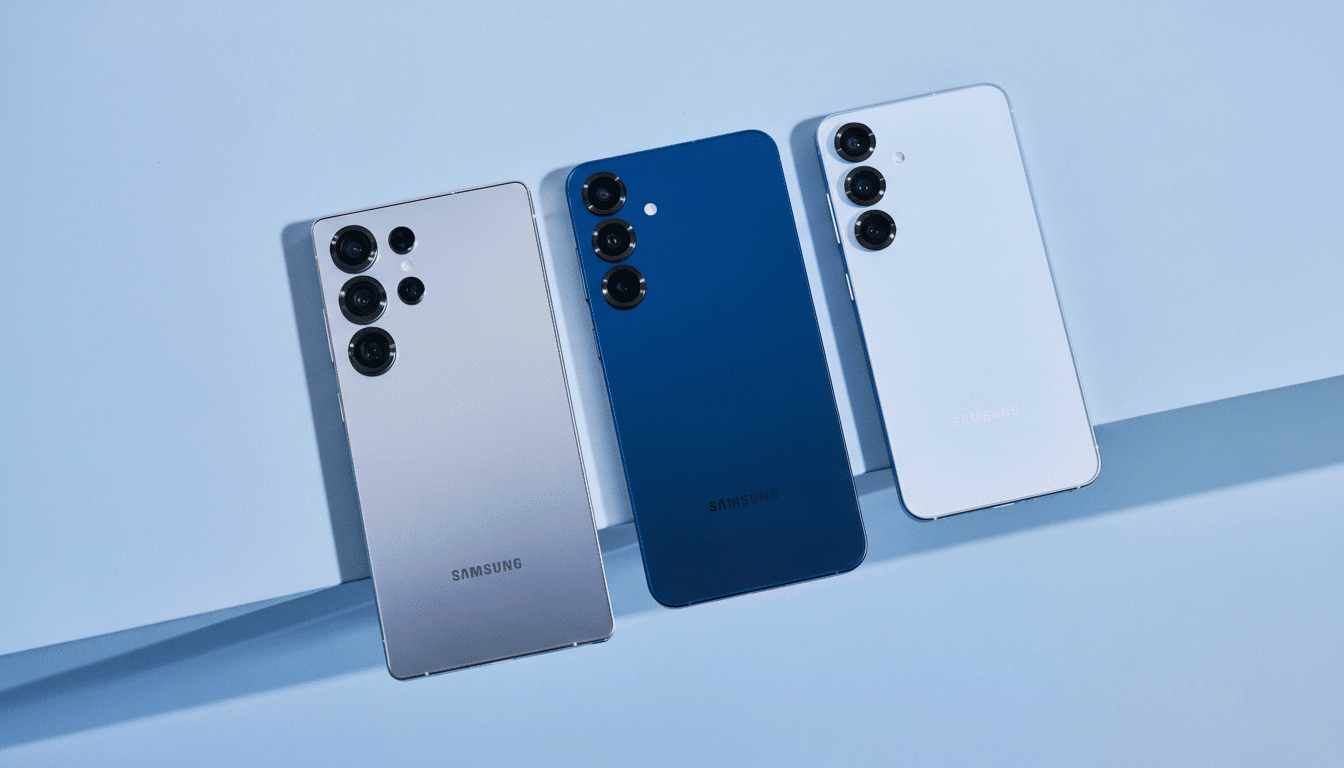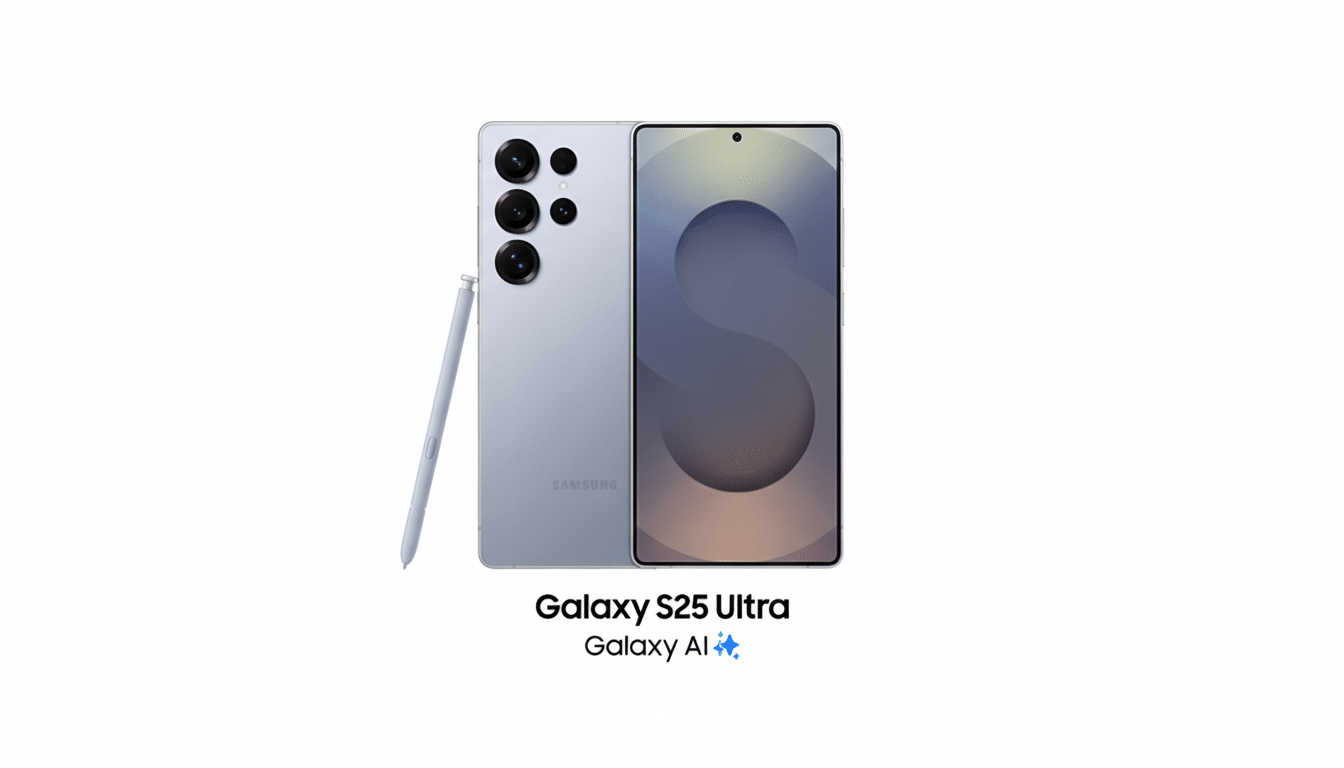A popular tipster says that Samsung’s Galaxy S26 will come in 6.9mm thick, a small change but one that cuts the mainstream flagship closer to the ultra-slim “Edge” class while preserving more of what power users want to see.
If true, the move indicates Samsung’s trying to achieve a slimmer in-hand feel without the common sacrifices made for ultra-thin phones.

What a 6.9mm thickness claim would mean for S26
The leak, coming from Ice Universe on X, puts the Galaxy S26 at a base size of 6.9mm — some 0.3mm thinner as opposed to the rumored 7.2mm size for the Galaxy S25.
0.3mm may not sound like a lot on paper, but in a category where most flagships measure between roughly 7.5mm and 9mm, the difference is immediate in both pocket and palm alike. For context, Apple’s iPhone 15 Pro is about 8.25mm thick, and thin standouts like the Motorola Edge 30 and Xiaomi’s Mi 11 Lite have overall been around either side of 6.8mm–6.9mm.
That would still be thicker than the sexier but slightly ugly Galaxy S25 Edge at 5.8mm. But the cost of the Edge’s thin profile is some compromises: It has a smaller battery and no dedicated telephoto camera. If, however, the S26 could actually slim all the way down to 6.9mm without throwing aspects of its core hardware out with the bathwater, it would occupy a sweet spot where it’s distinctly slimmer than most flagships while more capable than a design-first Edge model.
Thin and light, with none of the usual sacrifices
Traditionally, nudging under 7mm required giving up on either battery life, camera versatility, or thermal headroom. Samsung’s recent path doesn’t suggest brute compromise so much as clever packaging. It’s done so by investing in denser batteries, tighter PCB layouts, and slimmer display stacks — methods also reported around the industry by analysts such as DSCC (Display Supply Chain Consultants). As long as the S26 kept a telephoto module intact and similar battery capacity despite getting thinner, that would be another design win in the real world rather than on a spec sheet.
Thermal performance will be the wild card. Thin shells, like the Ultra Thin Shield, have trouble with heat dispersion from top-tier silicon during camera recording, gaming, or 5G tethering. Expect Samsung to make up for the loss in interior volume with larger vapor chambers and graphite layers — techniques that have become regular features of flagship phones.
Qi2 magnets could be the game-changer for accessories
That same leak also suggests there may be a magnet ring behind the back cover, teasing potential Qi2 support. The Wireless Power Consortium’s Qi2, meanwhile, works to standardize the popular magnetic power profile (as used in Apple’s MagSafe) and aims for reliable 15W charging plus tighter accessory alignment — less dropped charging.

If Samsung introduces Qi2 on the S26, it may be the trigger for an Android magnetic accessory ecosystem. Accessory companies have been waiting for a high-volume Android flagship to support the standard. It would open a deluge of cross-device magnetic chargers and mounts (and significantly cut friction for third-party brands) with one move, giving consumers flexibility. That’s arguably a more meaningful day-to-day improvement than a couple of tenths of a millimeter in chassis depth.
How the Galaxy S26 compares to the ultra-thin Edge
The Galaxy S25 Edge still holds the mantle when it comes to thinness, at 5.8mm, but its stripped-back camera array and smaller battery keep it in a different league.
For example, suppose the S26 gets down to 6.9mm and adds Qi2 magnets while keeping a telephoto and a big battery — it comes much closer to closing the feel gap with Edge without picking up Edge-style trade-offs. That’s the tightrope a lot of brands tried and failed to walk: slender looks, true flagship capability, and strong accessory support.
What to watch in the broader Galaxy S26 lineup
Aside from the chassis talk, we see a rumor that in some markets the base and Plus models could ship with Exynos chips, while there’s still debate over the 3x telephoto strategy for the Ultra.
We’re also expecting Samsung’s Camera Assistant app to bring some polishing in terms of autofocus characteristics, shutter-speed priorities, and — yes, we can live with this one — noise handling; these are quiet software victory points that almost count more than megapixels on billboards.
None of this is official yet, and dimensions typically exclude the camera bump, but we see where it’s going. A slimmer Galaxy S26 that adopts Qi2 would send the message of a thoughtful design pivot: less chasing after record-slim phones and more trying to make a mainstream flagship feel better, fit better, and play more nicely with the accessories people actually use.

